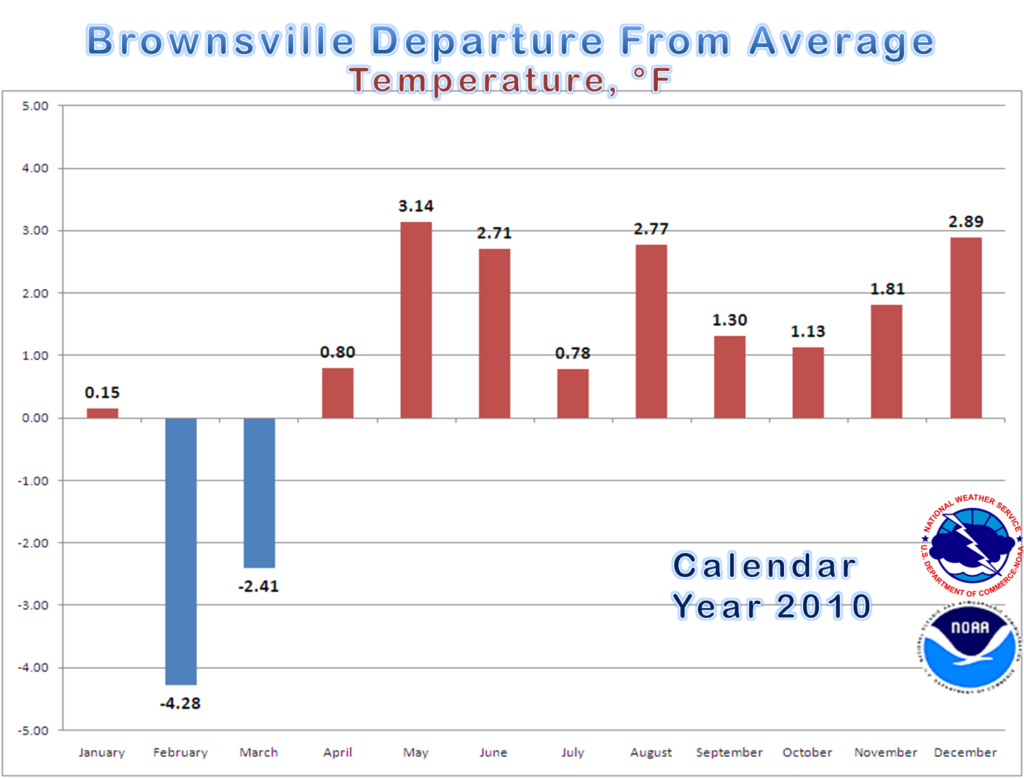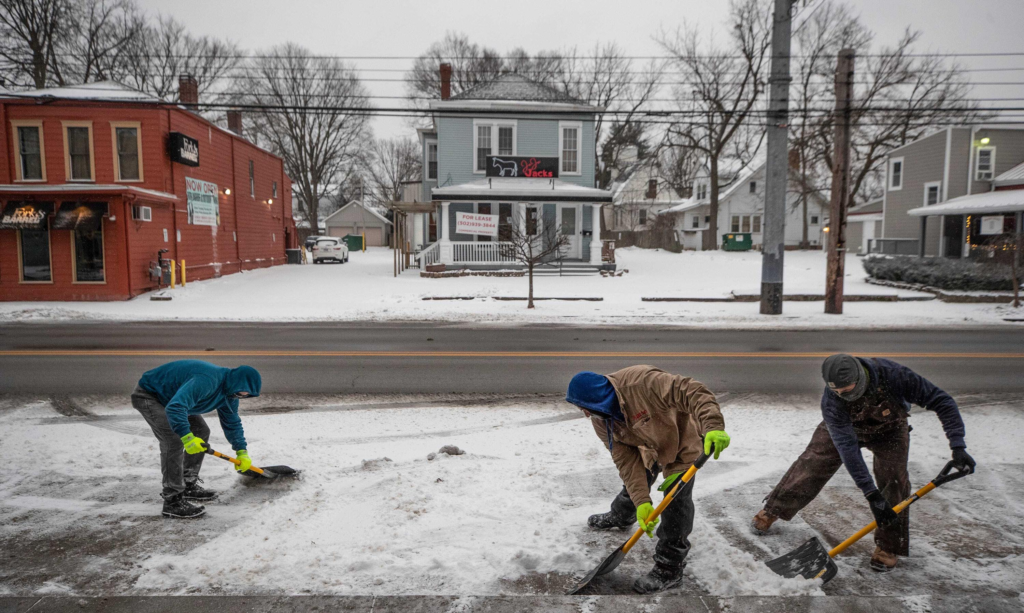Weather in Brownsville, Texas: A Guide to Year-Round Climate and Seasonal Changes
Understanding the weather in Brownsville, Texas, is essential for residents and visitors looking to make the most of their time in this vibrant border city. Located at the southernmost tip of Texas, Brownsville enjoys a warm and semi-tropical climate that offers a diverse range of weather conditions throughout the year. In this article, we’ll provide you with a comprehensive guide to the climate, seasonal changes, and what to expect when it comes to the weather in Brownsville, TX.
Brownsville’s Climate: Warm and Inviting
Brownsville boasts a warm and inviting climate characterized by mild winters and hot summers. The city enjoys approximately 235 sunny days per year, making it a haven for those who prefer abundant sunshine.
1. Spring (March to May)
Spring in Brownsville is a beautiful season characterized by pleasant temperatures. Daytime highs typically range from the mid-70s to the mid-80s in March, warming to the 80s and 90s in April and May. Spring is an excellent time to explore the city’s parks, nature reserves, and outdoor festivals, as the weather is mild, and the flora is in full bloom.

2. Summer (June to August)
Summer in Brownsville brings the city’s hottest weather, with daytime highs frequently exceeding 90°F (32°C). Humidity levels rise during these months, making it feel even hotter. Afternoon thunderstorms are common in the summer, providing some relief from the heat. Residents and visitors often enjoy water-related activities in the nearby Gulf of Mexico, as well as indoor attractions to escape the midday sun.
3. Autumn (September to November)
Autumn is a pleasant season in Brownsville, with daytime temperatures ranging from the mid-80s to the low 90s in September, gradually cooling to the 70s and 80s in October and November. This is an ideal time for outdoor exploration, as the weather is comfortable, and the city’s green spaces remain lush.
4. Winter (December to February)
Winter in Brownsville is mild compared to many parts of the United States. Daytime highs typically range from the mid-60s to the low 70s, with cooler nights. While frost is rare, occasional chilly spells can occur. Winter is a popular time for birdwatching, as Brownsville is located along migratory bird routes, attracting bird enthusiasts from around the world.

Precipitation and Hurricanes
Brownsville receives a moderate amount of rainfall throughout the year, with the wettest months occurring in the summer due to afternoon thunderstorms. The city is also susceptible to hurricanes, which can bring heavy rainfall, strong winds, and storm surges. It’s important for residents and visitors to stay informed and prepared during hurricane season, which typically runs from June to November.
Planning Your Visit
When planning a visit to Brownsville, consider the weather conditions that align with your preferences and activities. Whether you’re exploring the city’s historical sites, enjoying water sports along the coast, or savoring Tex-Mex cuisine, understanding the weather in Brownsville, Texas, will help you make the most of your time in this dynamic and culturally rich city.
In conclusion, Brownsville, Texas, offers a warm and inviting climate that embraces residents and visitors year-round. From the mild winters to the hot summers, the pleasant autumns to the vibrant springs, Brownsville’s climate invites everyone to experience its unique charm and enjoy the diverse attractions and cultural experiences that this southernmost city in Texas has to offer.


